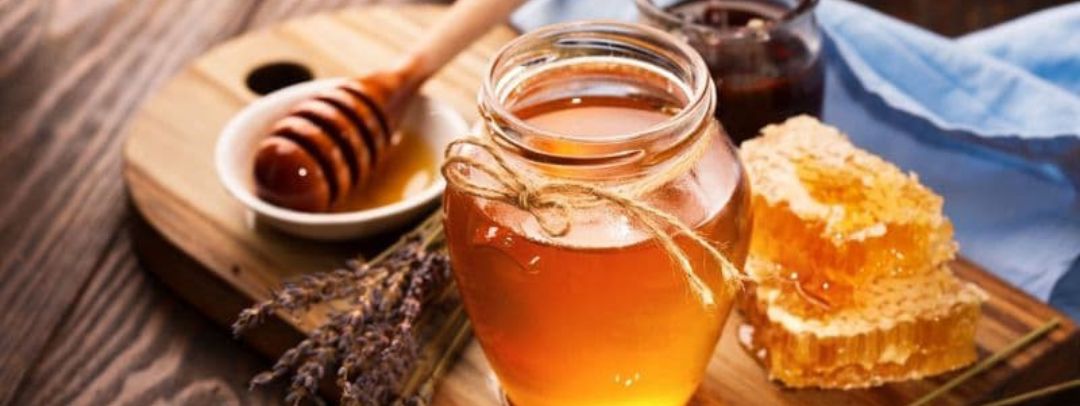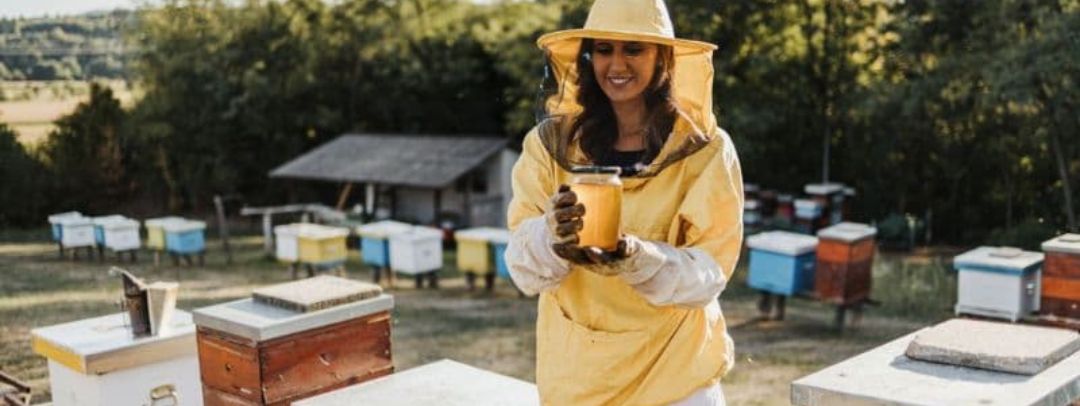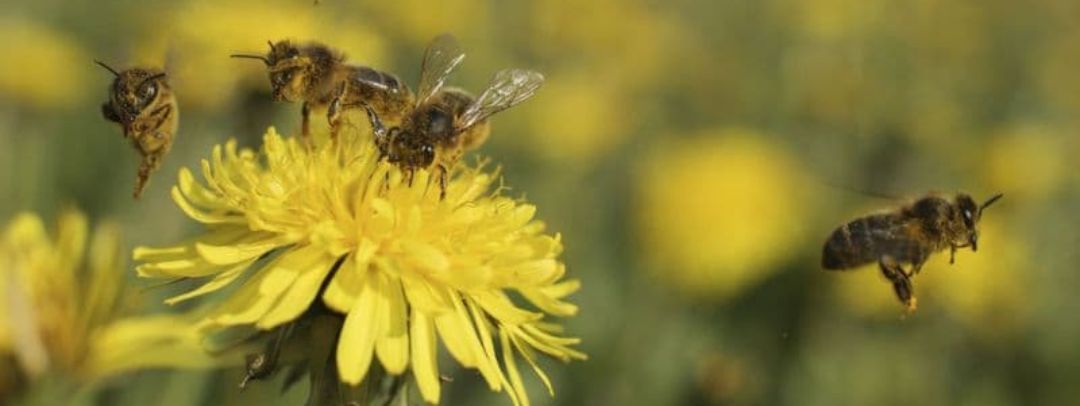Today we can find on the market a wide variety of honeys with different colors, aromas and properties. In this way, we can also find cases in which the honey is not liquid, but is crystallized.
Do you know why honey crystallizes? Next, we show you why this process is carried out, as well as its phases or different factors that influence it.
What is crystallized honey?
On numerous occasions we have been able to see a jar of honey that is totally or partially crystallized. This is not something we should worry about, since the crystallization of honey occurs naturally, as a result of the sugar present in it.
Sugars vary from one honey to another, depending on the nectar of the plant or flower from which they come. In general, honeys have around 38% fructose, 31% glucose and 1.5% sucrose; as well as other sugars to a lesser extent.
Honey has around 80% sugars, the molecules of which tend to come together to form small crystals. These in turn also group together and form larger crystals, and so on; until obtaining macro crystals.

Stages of honey crystallization
Honey crystallizes in two phases. Crystallization begins when the first microcrystals are formed.
Due to these microcrystals, invisible under the microscope, the honey becomes more cloudy and translucent.
The continuous growth of these crystals, which end up being visually appreciable, causes the honey to become much thicker and more opaque.
Crystallization can occur in different ways: in the entire mass of the honey, only at the bottom of the container or even by forming tree structures.
Honey crystallization factors
There are a number of factors that significantly influence the way this natural sweetener becomes solid: the ratio of fructose and glucose, temperature, humidity and pollen.
The composition is decisive in the crystallization of honey. Thus, honeys that have a higher percentage of glucose crystallize earlier; while honeys that have a lot of fructose crystallize with greater difficulty.
We must bear in mind that honey crystallizes when its average temperature ranges between 10 and 20 degrees. Also, the higher its humidity, the less likely it will crystallize. Therefore, the amount of water in honey also influences its crystallization.
Another reason why honey crystallizes is the presence of small undissolved crystals. In them we can find small remains of pollen, wax particles or even some air bubbles.
The truth is that the crystallization or not of the honey depends to a great extent on factors such as the way the container is preserved or even the density with which it has.
For this reason, factors such as humidity or temperature, notably influence the speed and type of crystallization that occurs in honey.

Can crystallized honey be reversed?
Although many people do not know it, the truth is that it can be reversed. However, great caution must be exercised when doing so, as we could deteriorate the quality of the honey.
There are several ways to reverse crystallized honey:
- Store honey in a place with temperatures equal to or higher than 20 degrees.
- Put the honey in a container with a carrot. In this case it is important that the carrot has skin and is well clean and dry.
- Apply heat. In this way, the molecules of the crystals are made to vibrate, which makes it easier for them to loosen and therefore the crystallization disappears.
However, care must be taken when heating the honey, since depending on the size of the crystals, both the temperature and the time that we must heat it will vary.
In this sense, it is important not to overheat the honey, since it could lose enzymes, some aromas, etc. Other consequences of overheating can be a change in the color of the honey, which becomes darker; or even the presence of a caramel scent.
Properties and benefits of crystallized honey
Contrary to what you might think, crystallized honey is synonymous with the freshness and purity of the product.
This is because, as we mentioned earlier, crystallization is the consequence of a natural process, with which honey changes its appearance, but does not lose any of its beneficial properties.
You may also be interested in:



